Home>Technology>Security & Surveillance>How To Thaw A Frozen Car Door Lock
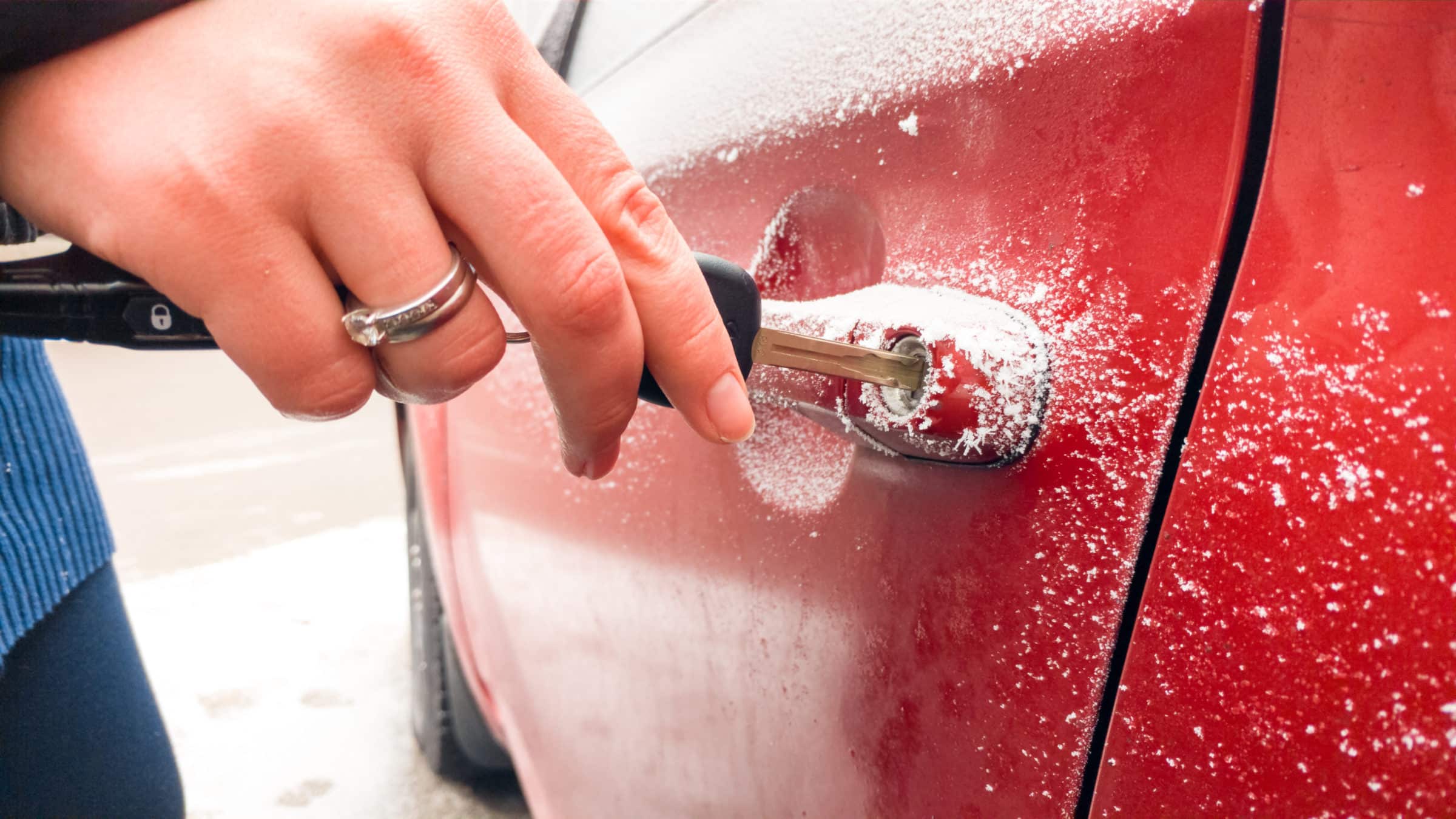

Security & Surveillance
How To Thaw A Frozen Car Door Lock
Modified: August 20, 2024
Learn the best techniques for thawing a frozen car door lock to ensure your security and surveillance during the winter months. Keep your vehicle safe and accessible.
(Many of the links in this article redirect to a specific reviewed product. Your purchase of these products through affiliate links helps to generate commission for Storables.com, at no extra cost. Learn more)
Introduction
Read more: How To Unlock Frozen Car Door Lock
Understanding the Frustration of a Frozen Car Door Lock
It’s a crisp winter morning, and you’re all set to embark on your day’s journey. As you approach your vehicle, ready to start the engine and hit the road, you encounter an unexpected obstacle: a frozen car door lock. The frustration and inconvenience of this situation are all too familiar to many individuals, especially those living in regions with harsh winter climates. The combination of moisture, low temperatures, and metal components can lead to the unfortunate scenario of a frozen car door lock, leaving you stranded and exasperated.
However, fear not, as there are several effective methods for thawing a frozen car door lock and preventing this issue from recurring. By understanding the causes of frozen locks and implementing practical solutions, you can navigate through the winter season with confidence, knowing that you have the knowledge and tools to address this common challenge.
In the following sections, we will delve into the various techniques for thawing a frozen car door lock, including the use of de-icer spray, warming the key, and employing a hair dryer. Additionally, we will explore preventive measures to safeguard against future freezing issues. By equipping yourself with these strategies, you can alleviate the frustration of dealing with a frozen car door lock and ensure seamless access to your vehicle, even in the coldest of temperatures.
Key Takeaways:
- Thawing a frozen car door lock is possible with de-icer spray, warming the key, or using a hair dryer. Prevent future freezing by applying graphite lubricant and silicone-based spray, and sheltering the vehicle.
- Understanding the causes of frozen locks and implementing practical solutions can help individuals navigate through winter with confidence. By using preventive measures and targeted thawing methods, the frustration of dealing with a frozen car door lock can be alleviated.
Understanding the Issue
Before delving into the methods for thawing a frozen car door lock, it’s essential to grasp the underlying factors contributing to this inconvenience. The formation of ice within the lock mechanism is primarily attributed to the presence of moisture and the plummeting temperatures characteristic of winter weather.
When moisture infiltrates the car door lock, either through rain, snow, or condensation, it can seep into the internal components and subsequently freeze as the temperature drops. The metal components within the lock, such as tumblers and pins, are particularly susceptible to this moisture-induced freezing, leading to the immobility of the lock mechanism.
Moreover, the contraction of metal in response to cold temperatures can exacerbate the issue, causing the internal components to constrict and impede the normal function of the lock. This combination of moisture infiltration and metal contraction creates the perfect conditions for a frozen car door lock, posing a significant inconvenience to vehicle owners.
Understanding the mechanics of this issue enables individuals to approach the thawing process with insight and efficacy. By implementing targeted methods to address the specific challenges posed by a frozen car door lock, individuals can effectively restore access to their vehicles and mitigate the frustration associated with this common winter occurrence.
With a clear understanding of the issue at hand, we can now explore the practical techniques for thawing a frozen car door lock, empowering individuals to navigate through the winter season with confidence and ease.
Methods for Thawing a Frozen Car Door Lock
When faced with a frozen car door lock, it’s crucial to have a repertoire of effective thawing methods at your disposal. Whether you’re at home, at work, or in a parking lot, these techniques can help you swiftly address the issue and regain access to your vehicle. Let’s explore three proven methods for thawing a frozen car door lock:
- Using De-Icer Spray: A widely available and convenient solution, de-icer spray is specifically formulated to dissolve ice and penetrate the inner workings of a frozen lock. By applying the spray directly into the keyhole, you can expedite the thawing process and restore functionality to the lock mechanism. It’s essential to follow the product’s instructions and exercise caution to prevent overspray or contact with skin and eyes.
- Warming the Key: This simple yet effective method involves gently heating the car key to facilitate the thawing of the lock. By carefully heating the key with a match or lighter, or by immersing it in warm water, you can introduce heat into the keyhole, gradually melting the ice and allowing the key to turn smoothly within the lock.
- Using a Hair Dryer: Employing a hair dryer to direct warm air into the keyhole can expedite the thawing process and swiftly eliminate the ice obstructing the lock mechanism. By setting the hair dryer to a moderate heat setting and maintaining a safe distance from the lock, you can effectively melt the ice and restore access to your vehicle.
By familiarizing yourself with these methods and keeping essential tools such as de-icer spray and a spare key on hand, you can confidently address the challenge of a frozen car door lock, ensuring that you’re prepared for any unexpected freezing incidents.
Now that we’ve explored these practical thawing methods, let’s delve into the specific steps for implementing each technique, equipping you with the knowledge to tackle this issue effectively and efficiently.
Using De-Icer Spray
De-icer spray is a valuable ally in combating the frustration of a frozen car door lock. This specialized solution is designed to swiftly dissolve ice and penetrate the intricate components of the lock, facilitating the restoration of functionality. When using de-icer spray, it’s essential to follow a systematic approach to maximize its effectiveness and ensure safe application.
The first step is to carefully retrieve the de-icer spray from your vehicle or a nearby location. It’s advisable to keep a can of de-icer spray within easy reach, whether in your car’s glove compartment or a designated storage area, to be prepared for unforeseen freezing incidents.
Once you have the de-icer spray in hand, it’s crucial to read the product’s instructions thoroughly before use. Familiarize yourself with the recommended application method, safety precautions, and any specific guidelines provided by the manufacturer. Adhering to these instructions will help you apply the de-icer spray effectively and minimize the risk of mishandling the product.
With the instructions in mind, hold the de-icer spray can upright and position the nozzle close to the keyhole of the frozen car door lock. Depress the nozzle to release a targeted burst of the de-icer solution into the keyhole, ensuring that the spray penetrates the internal components of the lock. It’s important to exercise caution and avoid excessive spraying, as this can lead to oversaturation and potential runoff.
After applying the de-icer spray, allow a brief interval for the solution to permeate the lock mechanism and initiate the thawing process. During this time, avoid attempting to insert the key or force the lock open, as this can disrupt the effectiveness of the de-icer spray and potentially exacerbate the issue.
Following the recommended wait time specified by the product’s instructions, gently insert the key into the keyhole and attempt to turn it with gradual, steady pressure. The de-icer spray should have effectively dissolved the ice within the lock, enabling the key to navigate the mechanism smoothly and unlock the car door.
By employing de-icer spray in a cautious and methodical manner, you can effectively thaw a frozen car door lock and restore access to your vehicle. It’s prudent to keep a supply of de-icer spray readily available, ensuring that you’re equipped to address this common winter challenge with confidence and efficiency.
Read more: How To Rekey A Car Door Lock
Warming the Key
When faced with a frozen car door lock, the simple yet effective method of warming the key can serve as a practical solution to expedite the thawing process. By introducing gentle heat to the key, you can facilitate the melting of ice within the lock mechanism, enabling smooth operation and swift access to your vehicle. Let’s explore the step-by-step process for warming the key to address a frozen car door lock:
The first step is to procure the car key and assess its current temperature. If the key has been exposed to the cold outdoor environment, it’s likely to have reached a temperature conducive to ice formation within the lock. In this scenario, it’s essential to initiate the warming process to restore the key to a functional state.
One effective method for warming the key involves using a match or lighter to carefully apply heat to the metal surface. Hold the key securely and position the flame beneath the key, ensuring that it is exposed to the heat without coming into direct contact with the flame. By rotating the key gently and maintaining a consistent distance from the flame, you can gradually raise the key’s temperature, facilitating the melting of any ice adhering to its surface.
Alternatively, if a match or lighter is not readily available, you can immerse the key in warm water to introduce heat and expedite the thawing process. It’s important to use water of a moderate temperature, avoiding extremes that could potentially damage the key or compromise its structural integrity. Submerge the key in the warm water, allowing it to absorb the heat and gradually reach a temperature conducive to melting the ice within the keyhole.
After applying heat to the key through the chosen method, carefully dry the key to remove any residual moisture and ensure a secure grip during the unlocking process. Once the key has been warmed and dried, proceed to insert it into the keyhole of the frozen car door lock, exerting gentle and consistent pressure to navigate the mechanism and unlock the door.
By warming the key with precision and care, you can effectively expedite the thawing of a frozen car door lock, enabling seamless access to your vehicle even in the coldest of temperatures. This straightforward yet invaluable method empowers individuals to address the inconvenience of a frozen lock with resourcefulness and efficiency, ensuring that they can navigate through the winter season with confidence and ease.
Use a hairdryer or hot water to thaw a frozen car door lock. Be careful not to overheat the lock or cause damage. Avoid using force to open the door.
Using a Hair Dryer
Employing a hair dryer to thaw a frozen car door lock is a practical and efficient method that harnesses the power of warm air to eliminate ice obstruction and restore functionality to the lock mechanism. By following a systematic approach and exercising caution, individuals can effectively utilize a hair dryer to address this common winter challenge. Let’s explore the step-by-step process for using a hair dryer to thaw a frozen car door lock:
The first step is to secure a reliable hair dryer equipped with variable heat settings. It’s essential to choose a hair dryer with a moderate heat option, as excessive heat can potentially damage the lock mechanism or surrounding components. Additionally, ensure that the hair dryer is connected to a power source that allows for convenient access to the frozen car door lock.
Position yourself near the frozen car door lock, ensuring that the hair dryer’s cord can reach the lock without strain or obstruction. Activate the hair dryer and select the moderate heat setting, directing the warm airflow toward the keyhole of the frozen lock. Maintain a safe distance between the hair dryer and the lock, allowing the warm air to penetrate the keyhole and gradually melt the ice within the mechanism.
As the warm air circulates within the keyhole, periodically assess the lock’s temperature and the surrounding area to gauge the progress of the thawing process. Exercise patience and avoid applying excessive heat, as this can lead to overheating and potential damage to the lock. By maintaining a consistent distance and monitoring the thawing progress, you can effectively eliminate the ice obstruction and prepare the lock for operation.
After a brief interval of directing warm air into the keyhole, test the lock’s responsiveness by gently inserting the key and attempting to turn it with gradual pressure. The thawing process facilitated by the hair dryer’s warm airflow should enable the key to navigate the lock mechanism smoothly, allowing you to unlock the car door and regain access to your vehicle.
By utilizing a hair dryer with precision and care, individuals can effectively thaw a frozen car door lock and navigate through the winter season with confidence and ease. This practical method empowers individuals to address the inconvenience of a frozen lock with resourcefulness and efficiency, ensuring that they can swiftly overcome this common winter challenge.
Preventing Future Freezing Issues
While knowing how to thaw a frozen car door lock is essential, implementing preventive measures can significantly reduce the likelihood of encountering this inconvenience in the future. By incorporating proactive strategies and protective practices, individuals can safeguard their vehicle’s lock mechanism from the effects of cold weather and moisture infiltration. Let’s explore effective methods for preventing future freezing issues:
- Applying Graphite Lubricant: Graphite lubricant, specifically designed for locks, can be applied to the key and inserted into the lock mechanism. This lubricant effectively coats the internal components, reducing friction and inhibiting moisture accumulation, thereby minimizing the risk of freezing.
- Using Silicone-Based Spray: Silicone-based spray, formulated for use on rubber and metal components, can be applied to the rubber seal surrounding the car door. This protective barrier reduces the likelihood of moisture infiltration and ice formation, preserving the functionality of the door seal and lock mechanism.
- Regular Maintenance and Cleaning: Routinely inspecting and cleaning the car door lock and key can prevent the accumulation of debris and moisture that contribute to freezing. Utilize a gentle solvent or cleaning solution to remove dirt and grime from the key and lock, maintaining optimal functionality and reducing the risk of freezing.
- Sheltering the Vehicle: Whenever possible, parking the vehicle in a sheltered or covered area can shield it from direct exposure to harsh weather conditions. This protective measure minimizes the impact of extreme temperatures and moisture accumulation, mitigating the risk of frozen locks.
- Strategic Use of De-Icer Spray: Proactively applying de-icer spray to the lock mechanism before anticipated freezing conditions can preemptively dissolve any ice formation and preserve the lock’s functionality. This preemptive approach offers a proactive solution to potential freezing issues.
By incorporating these preventive measures into your regular vehicle maintenance routine, you can effectively reduce the likelihood of encountering a frozen car door lock and ensure seamless access to your vehicle, even in the harshest winter conditions. These proactive strategies empower individuals to navigate through the winter season with confidence, knowing that their vehicle’s lock mechanism is fortified against the challenges of cold weather and moisture infiltration.
Conclusion
Encountering a frozen car door lock can undoubtedly pose a frustrating and inconvenient challenge, especially during the winter months. However, armed with the knowledge of effective thawing methods and preventive measures, individuals can confidently address this common issue and maintain seamless access to their vehicles. By understanding the underlying causes of frozen locks and implementing targeted solutions, individuals can navigate through the winter season with resourcefulness and resilience.
The utilization of de-icer spray, the practical method of warming the key, and the efficient use of a hair dryer represent invaluable tools in the arsenal of individuals facing a frozen car door lock. These methods, when employed with precision and care, can swiftly eliminate ice obstruction and restore functionality to the lock mechanism, ensuring that individuals can access their vehicles without undue delay or frustration.
Furthermore, the implementation of preventive measures, such as applying graphite lubricant, utilizing silicone-based spray, and maintaining regular cleaning and maintenance practices, serves as a proactive defense against future freezing issues. By fortifying the vehicle’s lock mechanism and protective components, individuals can significantly reduce the risk of encountering frozen locks, providing peace of mind and convenience during the winter season.
As we navigate through the challenges of winter weather, it’s essential to equip ourselves with the knowledge and tools to address the inconvenience of a frozen car door lock. By integrating practical thawing methods and preventive strategies into our vehicle maintenance routine, we can effectively mitigate the impact of cold weather and moisture infiltration, ensuring that our vehicles remain accessible and operational, regardless of external conditions.
With these insights and strategies at our disposal, we can confidently overcome the frustration of a frozen car door lock and embrace the winter season with preparedness and resilience. By empowering ourselves with practical solutions and preventive measures, we can navigate through the coldest of temperatures with ease, knowing that we have the tools and knowledge to address this common winter challenge.
Frequently Asked Questions about How To Thaw A Frozen Car Door Lock
Was this page helpful?
At Storables.com, we guarantee accurate and reliable information. Our content, validated by Expert Board Contributors, is crafted following stringent Editorial Policies. We're committed to providing you with well-researched, expert-backed insights for all your informational needs.

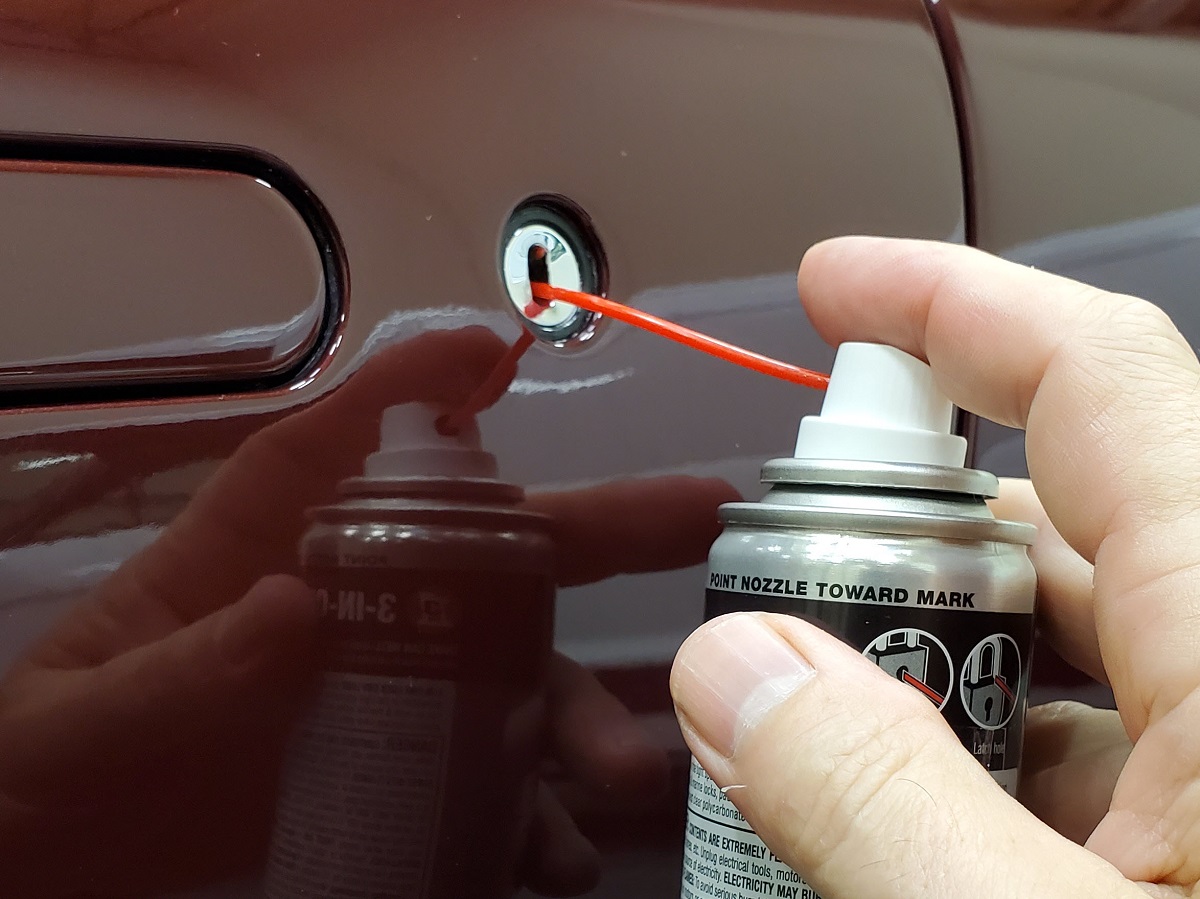
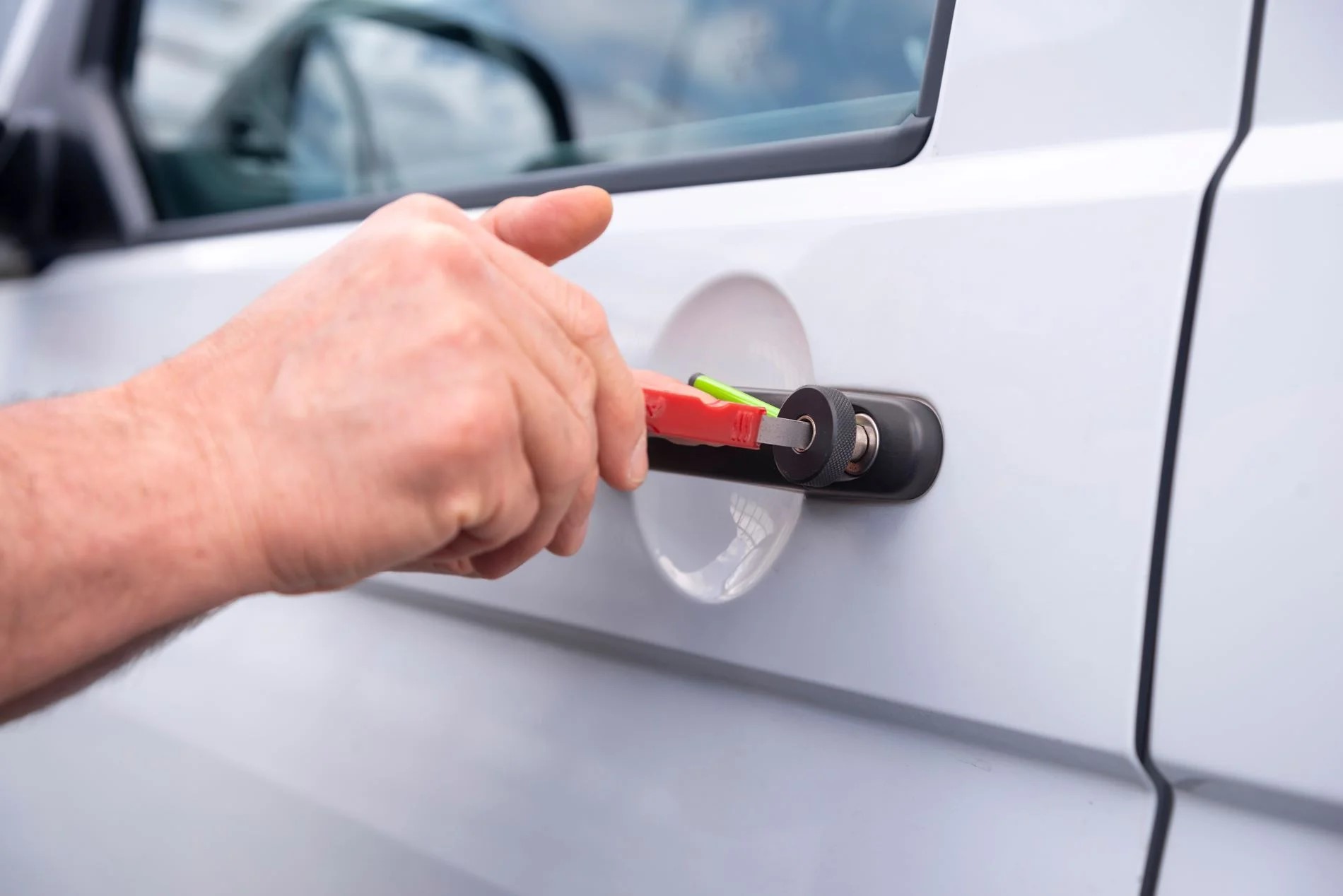
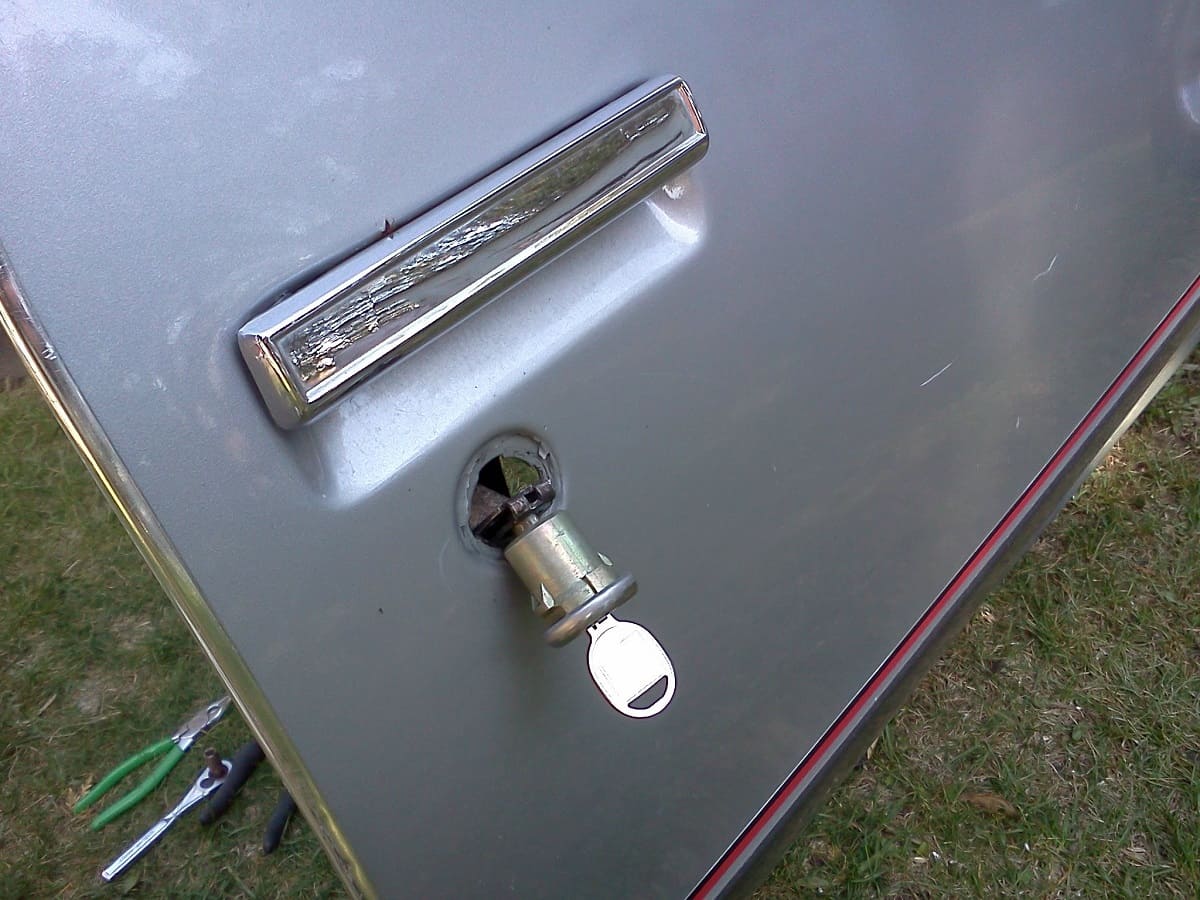
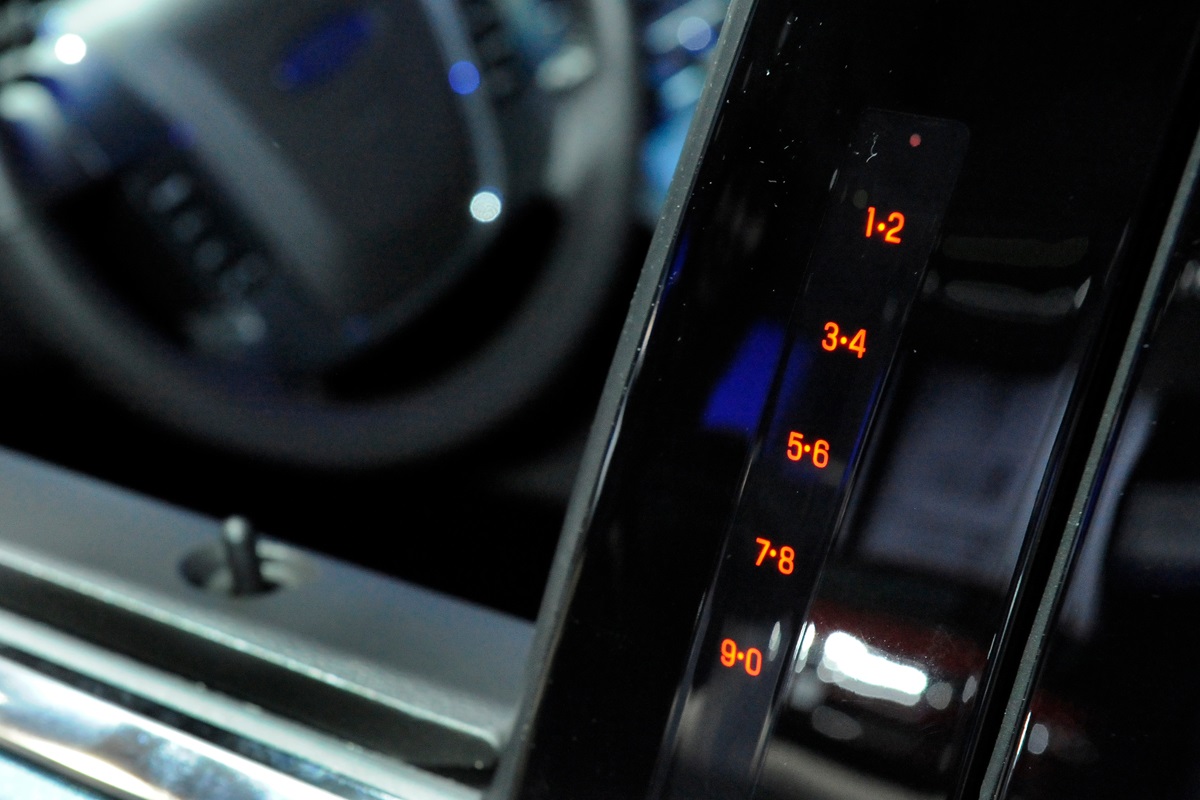
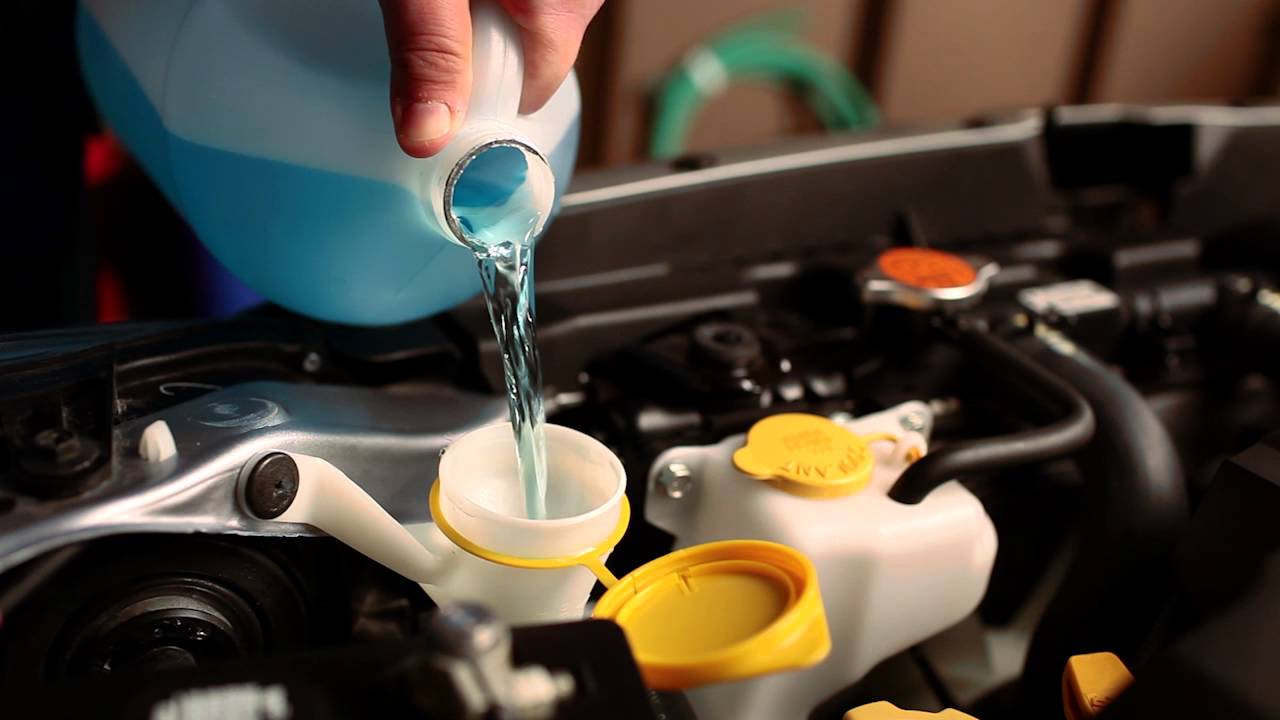
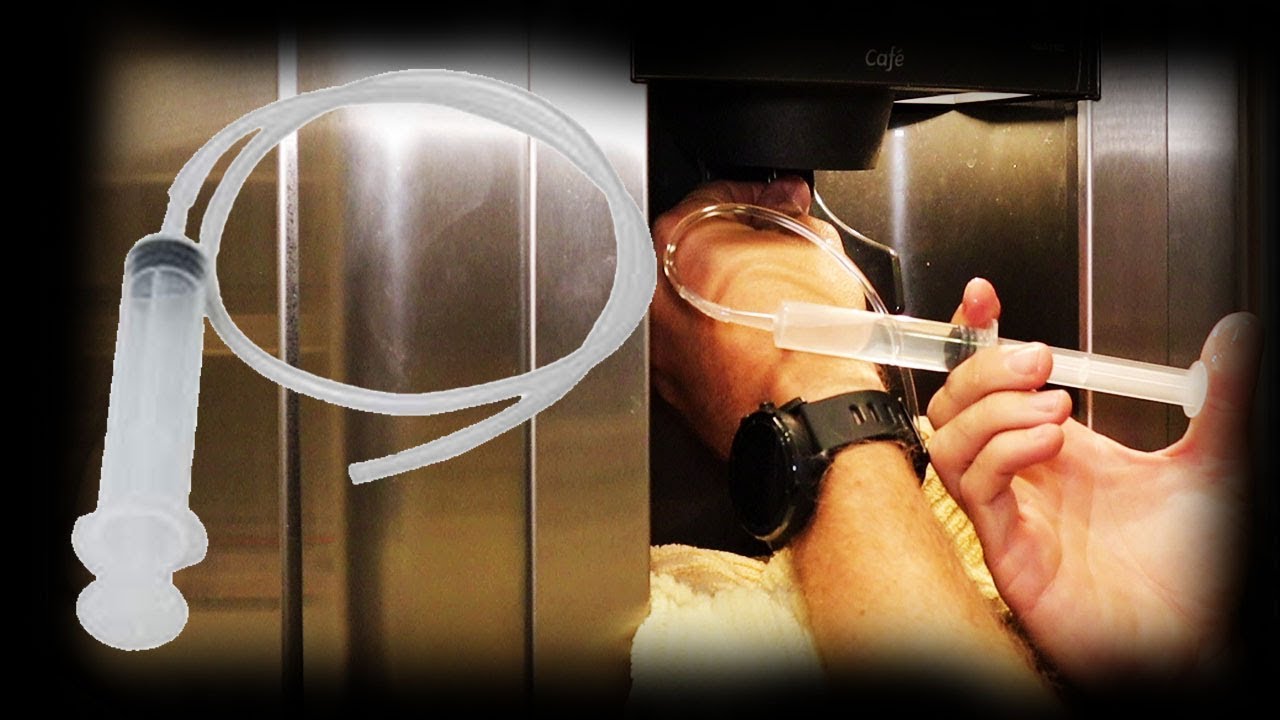
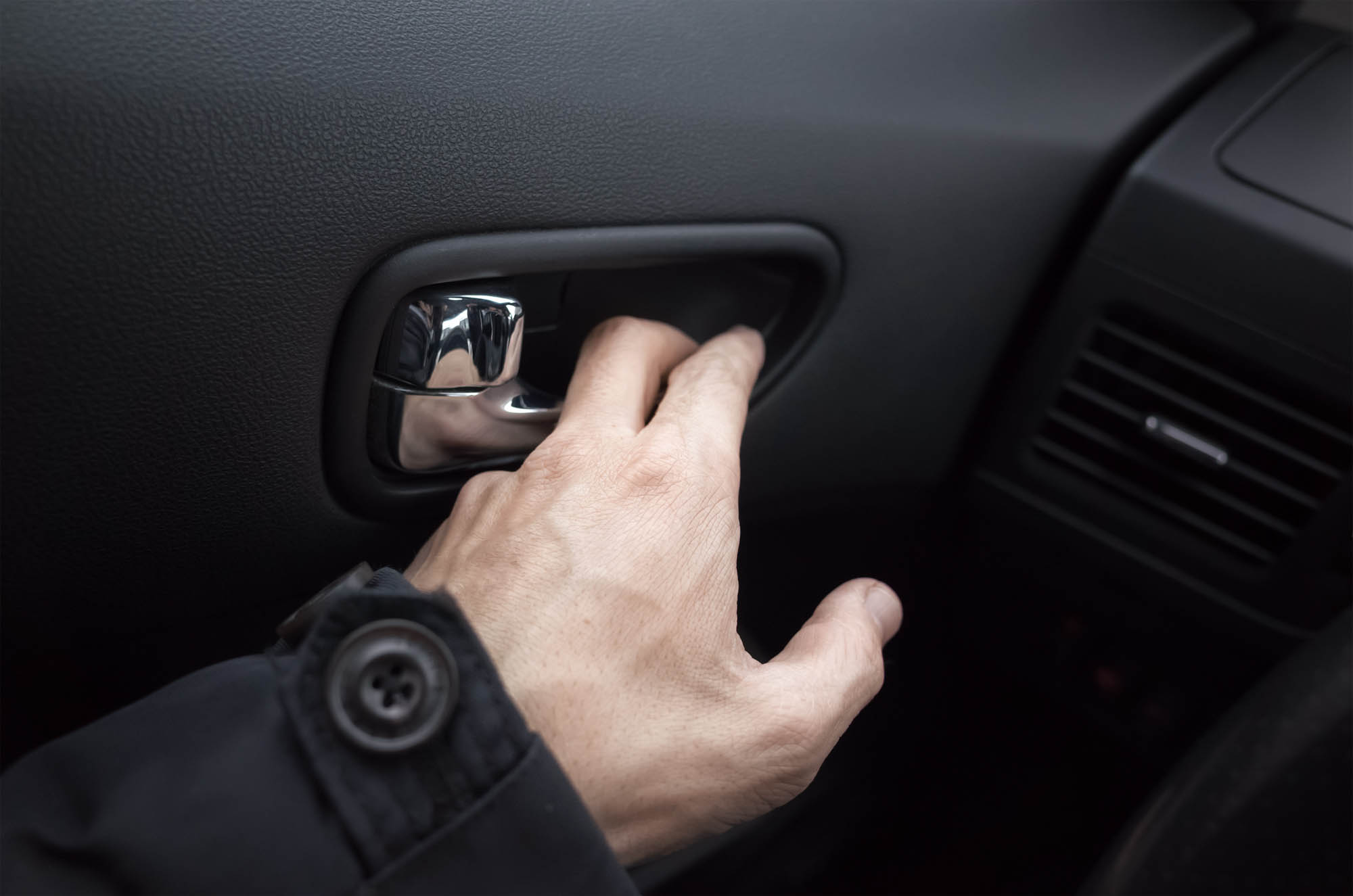
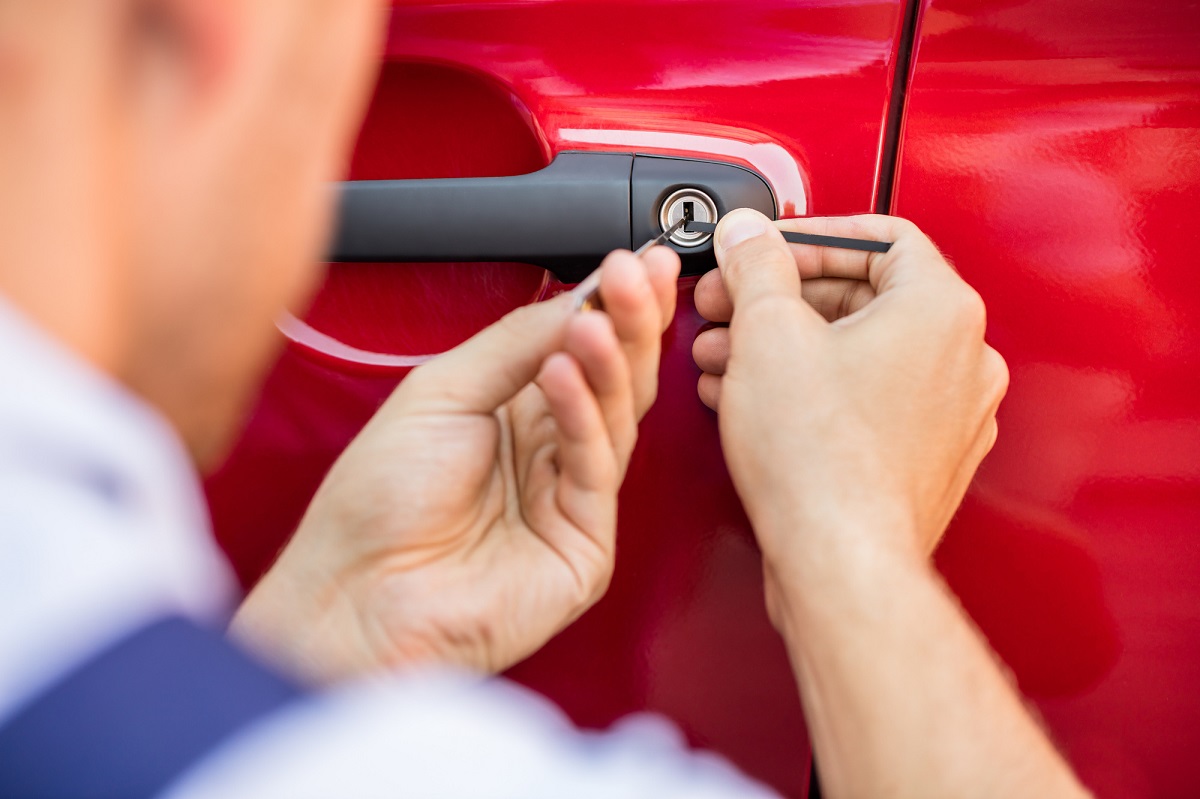
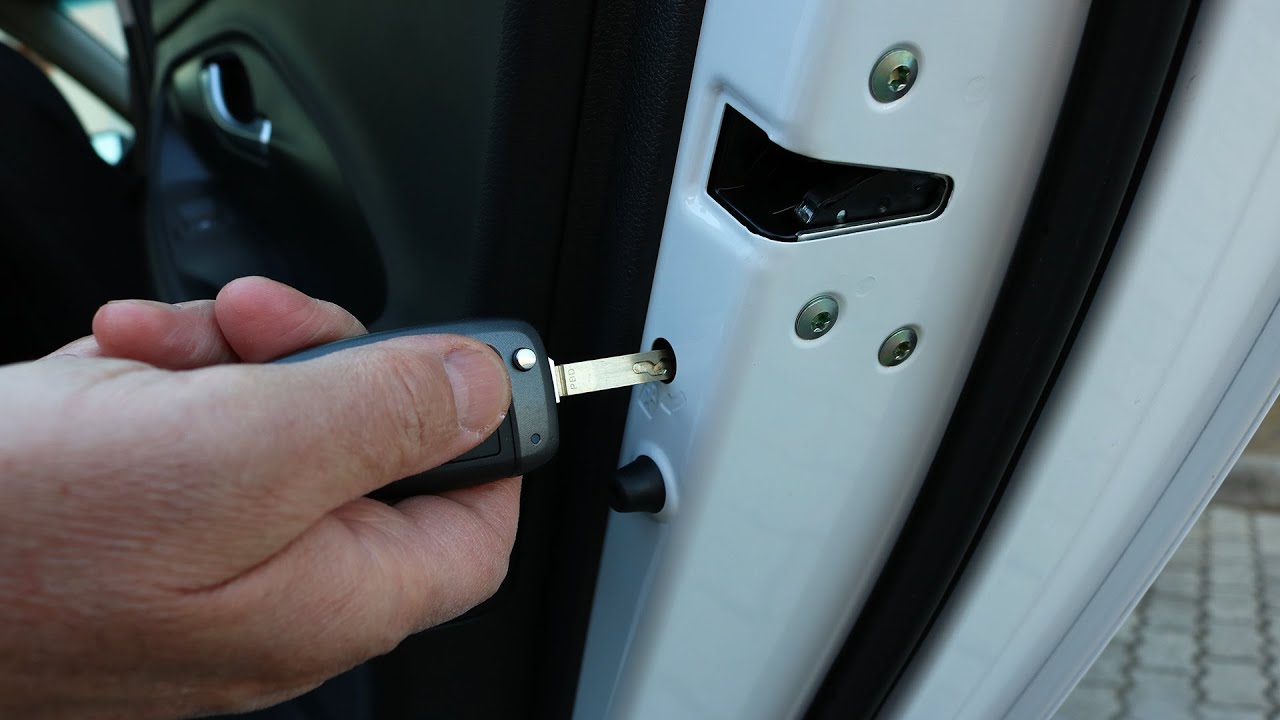



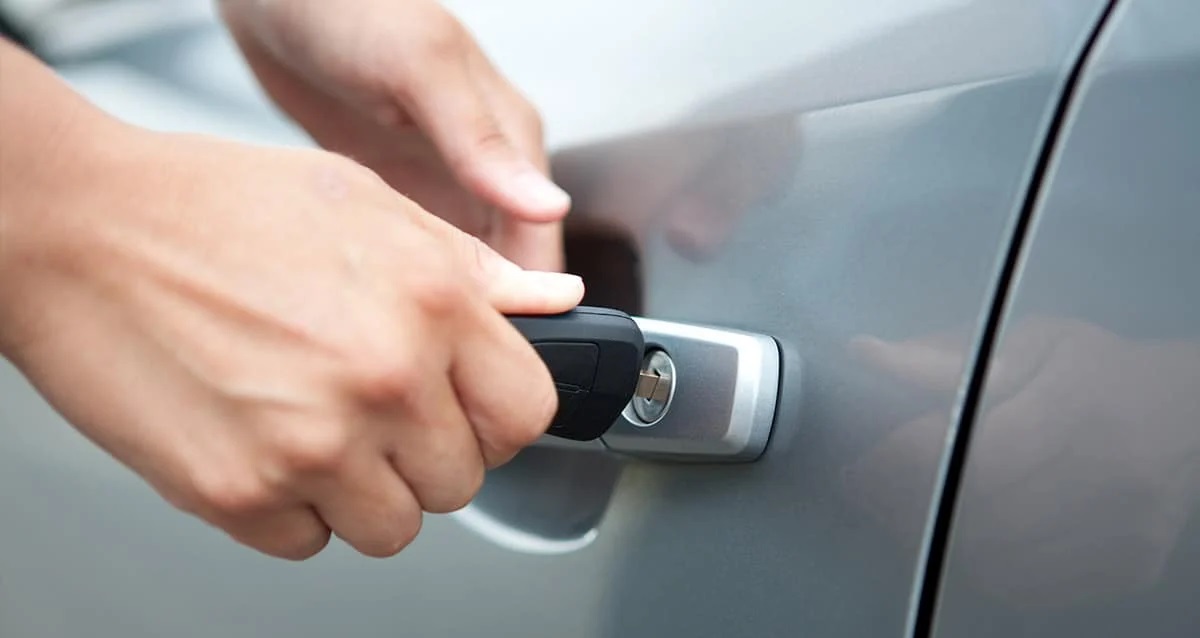

0 thoughts on “How To Thaw A Frozen Car Door Lock”